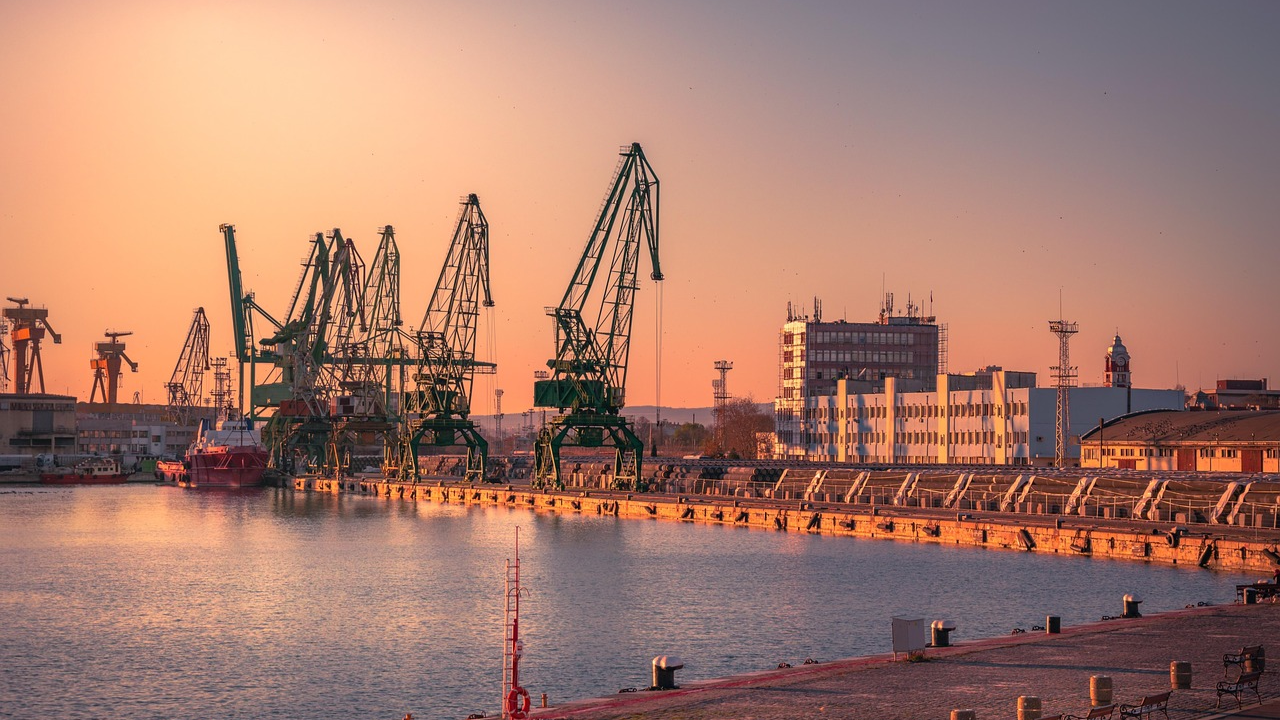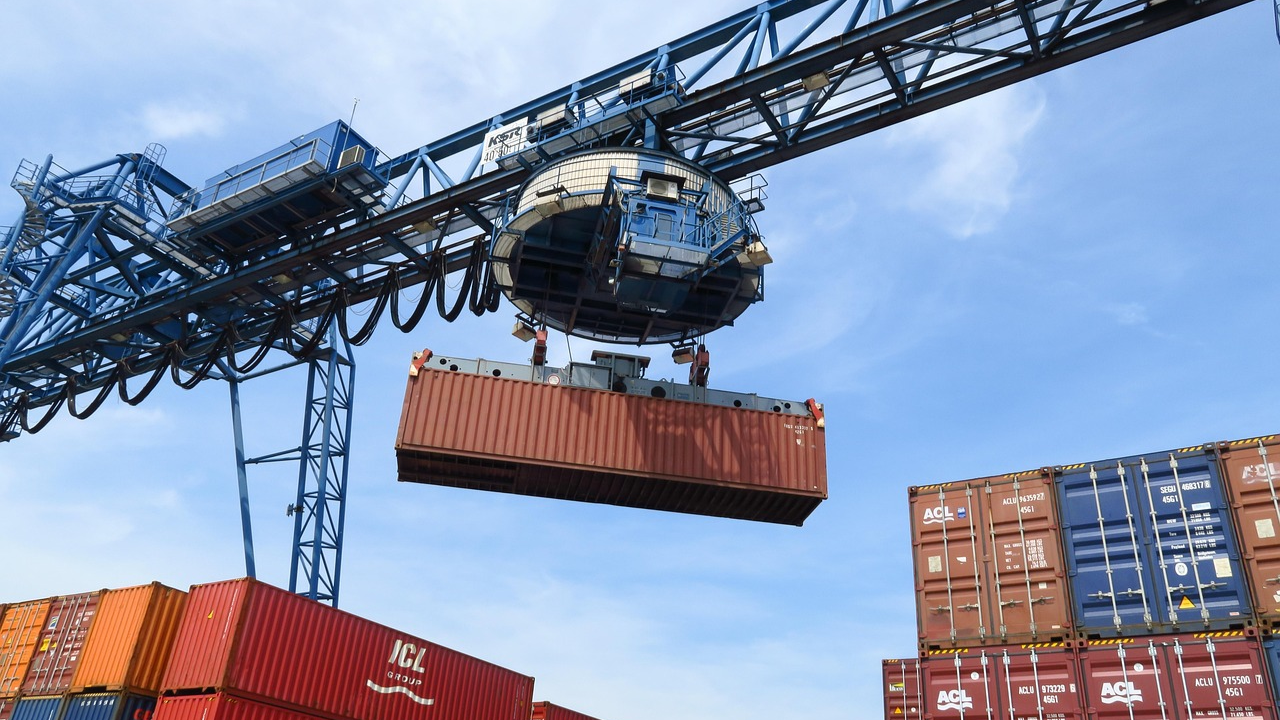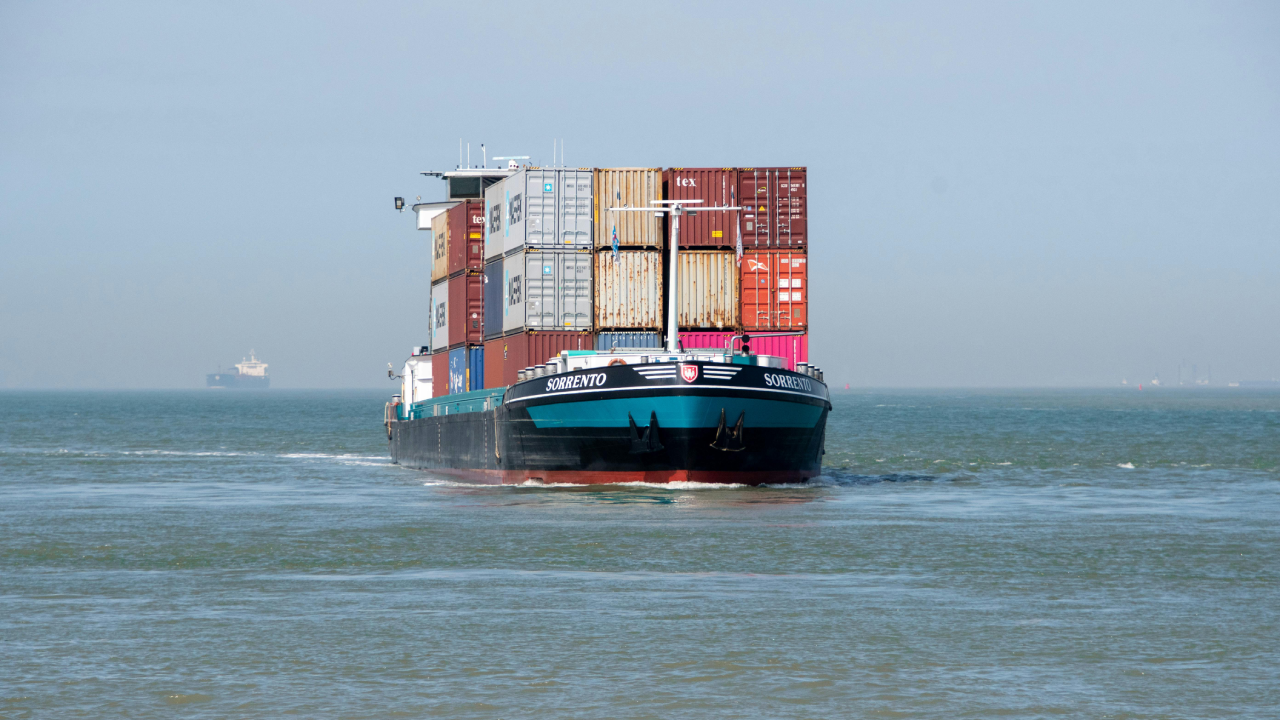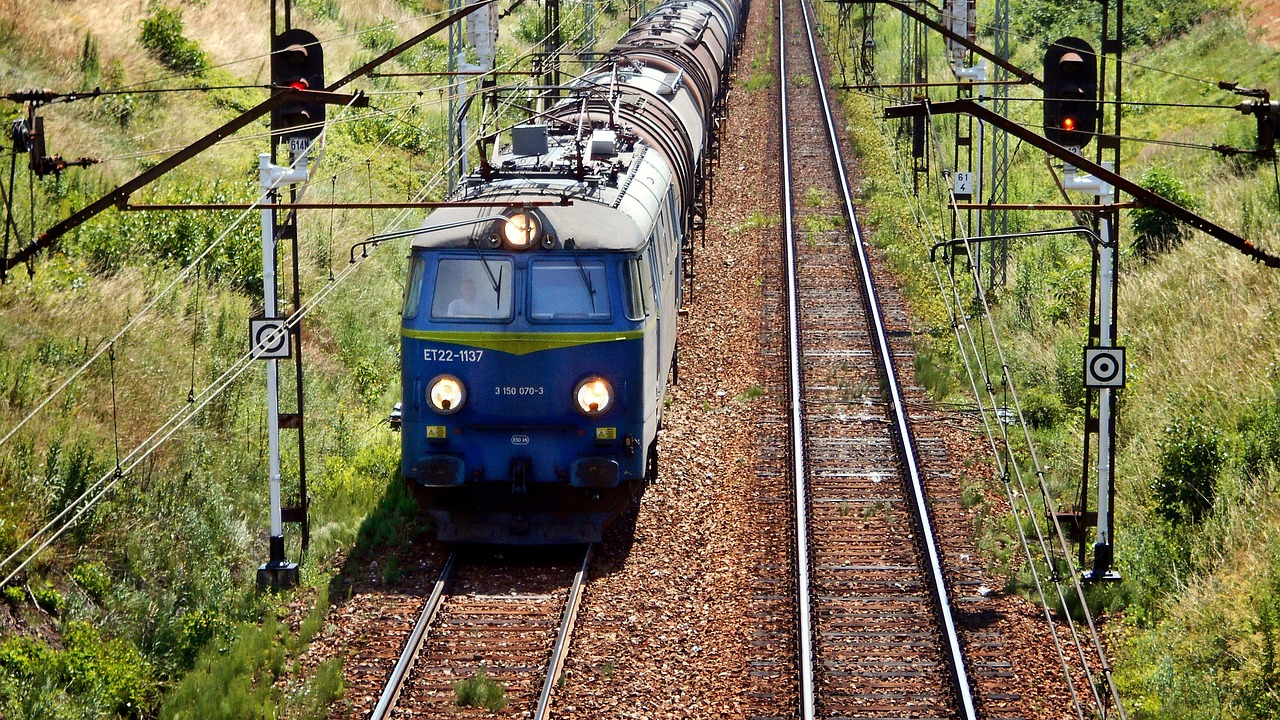Middle Corridor Route: From the Caspian Sea to Europe
Global trade routes are evolving. Traditional corridors are congested, and the demand for faster, more sustainable connections continues to grow.
In this landscape, the Middle Corridor has become one of the most promising trade arteries across Eurasia — a multimodal route linking Central Asia to Europe through the Caspian Sea, the South Caucasus, and the Black Sea.
It brings together railways, ferries, and ports across Kazakhstan, Uzbekistan, Turkmenistan, Azerbaijan, Georgia, and Bulgaria, forming a continuous logistics chain.
For international business, this is not merely a transport option — it’s a strategic bridge that supports stable, efficient, and environmentally conscious trade.
What Is the Middle Corridor

The Trans-Caspian International Transport Route (TITR) — widely known as the Middle Corridor — is a modern, multimodal logistics system connecting Central Asian exporters with European markets.
It includes several interconnected segments:
-
Central Asian rail infrastructure: Kazakhstan, Uzbekistan, and Turkmenistan act as key origins for industrial and agricultural shipments.
-
The Caspian Sea: the vital link between East Caspian ports — Aktau, Kuryk, and Turkmenbashi — and the Western hub at Alyat (Baku) in Azerbaijan.
-
The Caucasus rail link: Azerbaijan and Georgia are connected by the Baku–Tbilisi–Kars railway, ensuring a direct westward flow toward the Black Sea.
-
Black Sea gateways: Poti, Batumi, and Varna serve as the corridor’s maritime exits into the European Union rail and road network.
The route operates under a unified logistics concept — “one corridor, one system.”
Harmonized schedules, unified documentation, and digital cargo tracking allow shipments to move thousands of kilometers smoothly and predictably, making the Middle Corridor a viable alternative to long and costly ocean transport.

How the Route Works
-
Central Asia → Caspian Sea: trains depart from Almaty, Tashkent, and Ashgabat to reach the ports of Aktau, Kuryk, and Turkmenbashi.
-
Caspian Sea crossing: ferries carry containers or rail wagons to the port of Alyat near Baku.
-
Across the Caucasus: via the Baku–Tbilisi–Kars railway, cargo continues west to Georgia’s ports of Poti and Batumi.
-
Black Sea stage: feeder vessels deliver shipments to the port of Varna in Bulgaria.
-
European distribution: from Varna, freight moves onward by rail or truck to Germany, Poland, Italy, Czechia, Hungary, and beyond.
Why the Middle Corridor Matters
The Middle Corridor is more than a transit route — it’s a new model of Eurasian connectivity.
It combines modern infrastructure with regional cooperation, creating a sustainable and secure logistics ecosystem.
For Central Asian nations, it provides direct access to European consumers and industries.
For Europe, it offers a diversified supply chain and reliable access to Asian raw materials and goods.
Businesses benefit from three key advantages:
-
Transparency and predictability. Centralized coordination and digital tracking ensure full cargo visibility.
-
Balanced speed and cost. Transit time averages 10 – 18 days, offering a perfect midpoint between maritime shipping and long-haul trucking.
-
Environmental sustainability. Rail + sea transport dramatically lowers CO₂ emissions and supports global ESG goals.
The ongoing modernization of ports, terminals, and rolling stock continues to enhance this route.
The Middle Corridor is no longer a theoretical alternative — it’s a fully operational Eurasian trade highway for the 21st century.

Key Advantages
-
Transit time of 10 – 18 days
-
Competitive and stable freight rates
-
Seamless multimodal structure (rail + sea)
-
Fewer transshipments and minimal delays
-
Modern terminals and digital documentation
-
Reduced environmental impact
Types of Cargo Moved Along the Corridor
| Cargo Type | Description & Key Features |
|---|---|
| Containerized cargo | Industrial goods, packaging, consumer products. Shipped in 20- and 40-foot containers (FCL/LCL). |
| Project & oversized cargo | Machinery, heavy equipment, steel structures. Requires specialized handling and routing. |
| Bulk & liquid commodities | Grain, fertilizers, metals, oil products. Transported in hoppers, tankers, and open wagons. |
| Temperature-controlled & hazardous cargo | Sensitive or regulated goods under ADR/RID safety standards with certified supervision. |
Estimated Transit Time Along the Route
| Route Segment | Average Transit Time | Mode of Transport |
|---|---|---|
| Central Asia → Caspian port | 2 – 5 days | Rail |
| Caspian Sea crossing | 1 – 2 days | Ferry |
| Azerbaijan → Georgia | 1 – 2 days | Rail |
| Georgia → Varna (Bulgaria) | ≈ 1 day | Sea ferry |
| Varna → European destination | 1 – 4 days | Rail / road |
| Total transit time: 10 – 18 days, depending on cargo type and scheduling. | ||

Sofmar – Your Logistics Partner Along the Middle Corridor
Sofmar provides professional coordination and operational control for freight moving along the Middle Corridor — from Caspian ports to European destinations.
With regional expertise, strong partnerships, and precise planning, Sofmar ensures that every shipment moves safely, efficiently, and on schedule.
Our agency’s office is located in the port of Poti at the address: Alley April 9, No. 30/39, Poti, Georgia.
If you need logistics, sea freight forwarding in Poti, please call our office: +995 493 22-02-66